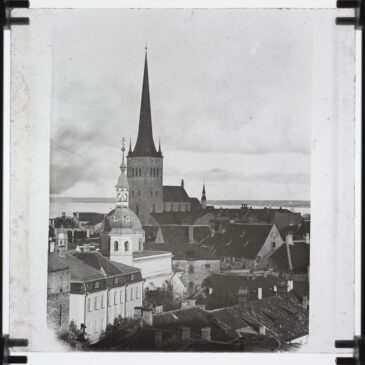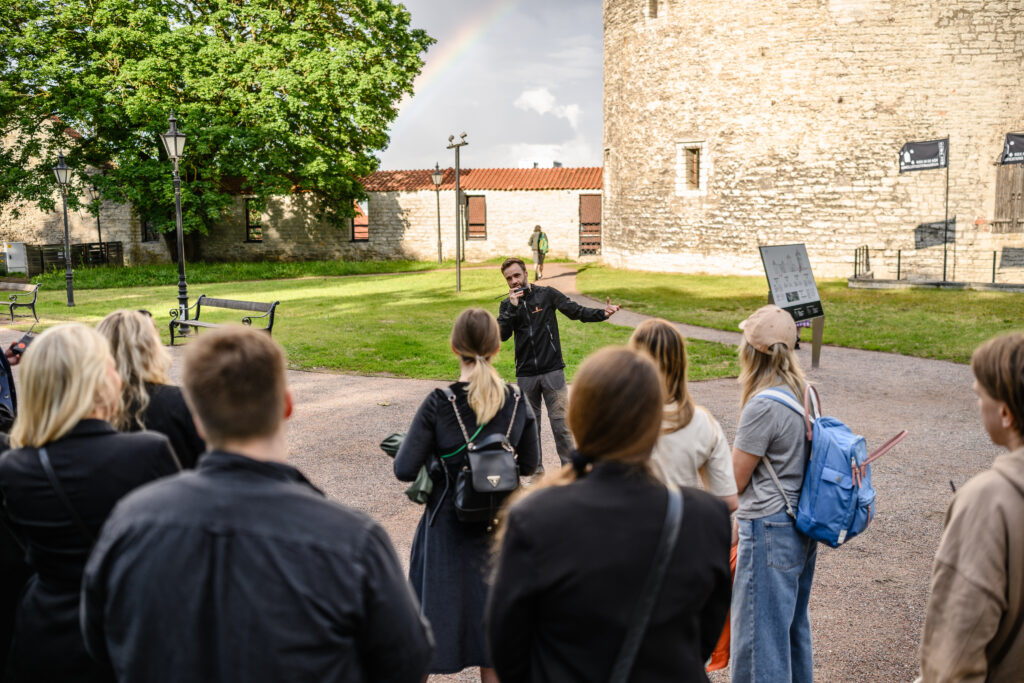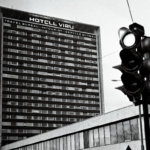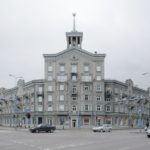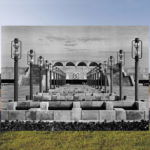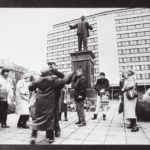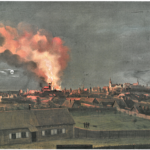Tallinn’s St. Olaf’s Church (Oleviste kirik) is more than just a pretty church. It’s a place of record-breaking heights, mysterious legends, and Cold War espionage. From being the tallest building in the world to serving as a KGB surveillance hub, this iconic landmark has seen it all. Let’s dive into its incredible lost stories.
The Burj Khalifa of medieval Europe
Picture Tallinn in the 16th century:no modern high-rises, no glass towers. Just one giant spire dominating the skyline. That was St. Olaf’s Church. The date of construction is thought to be 1267 and the church continued to grow for many years. At 159 meters (522 feet), likely held the title of the world’s tallest building from 1549 to 1625. You could say it was Burj Khalifa of medieval Europe, minus glass panels and fancy elevators.
Unfortunately, what goes up must come down, especially when lightning is involved. The church’s spire was struck multiple times over the centuries, leading to many devastating fires. The most notable ones occurred in:
🔥 1625 – Lightning torched the original record-breaking spire.
🔥 1820 – Another fire caused serious damage.
🔥 1931 – Yet again, flames took their toll.
Each time, the stubborn citizens of Tallinn rallied to restore their beloved landmark. Today, after numerous reconstructions, the spire stands at a still-impressive 123.7 meters. Visible for many kilometres, guiding weary travellers back home to the capital.
A popular tale suggests that there’s an unofficial agreement in Tallinn: no modern building in the city centre should surpass St. Olaf’s in height. While this adds a romantic touch to the city’s skyline narrative, some suggest this is more like an urban legend. Today, the church is Tallinn’s second tallest, behind the TV Tower.
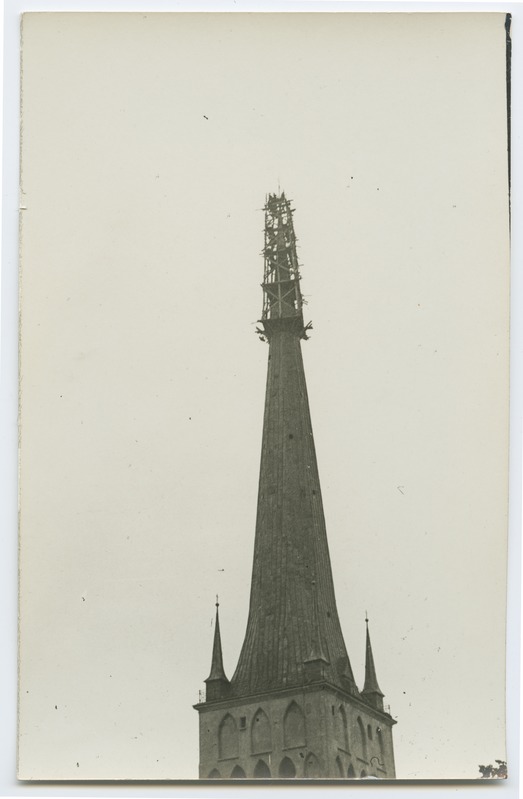
Oleviste Kirik in scaffolding (1932)
Myths and Legends of the Church
St. Olaf’s isn’t just renowned for its architectural feats; it’s also shrouded in captivating legends. One of the most enduring tales speaks of the church’s mysterious construction:
The townspeople of Tallinn desired a magnificent church to attract merchants and sailors. A stranger appeared, offering to build it but demanded ten barrels of gold. Unable to pay, the townsfolk struck a deal: if they could discover his name before completion, they’d owe him nothing. Despite their efforts, his identity remained a mystery until a spy overheard a man singing a lullaby. “Sleeping little berry, tomorrow father Olaf will come home with ten barrels of gold”. As he placed the final cross atop the spire, one of the townspeople shouted, “Olaf, keep the cross straight!” Startled, he lost his balance and fell.
But wait, it gets weirder. Legend says that when he hit the ground, a toad and a snake crawled out of his mouth. Was he possessed? Was he something more than human? We’ll never know, but the church still carries his name: Oleviste kirik.
More believably, the name of the church was named after King Olaf II of Norway (also known as Saint Olaf). This guy was a Viking warrior-turned-saint who helped spread Christianity. So, was the church named after a ghostly builder or a Viking king? Why not both?
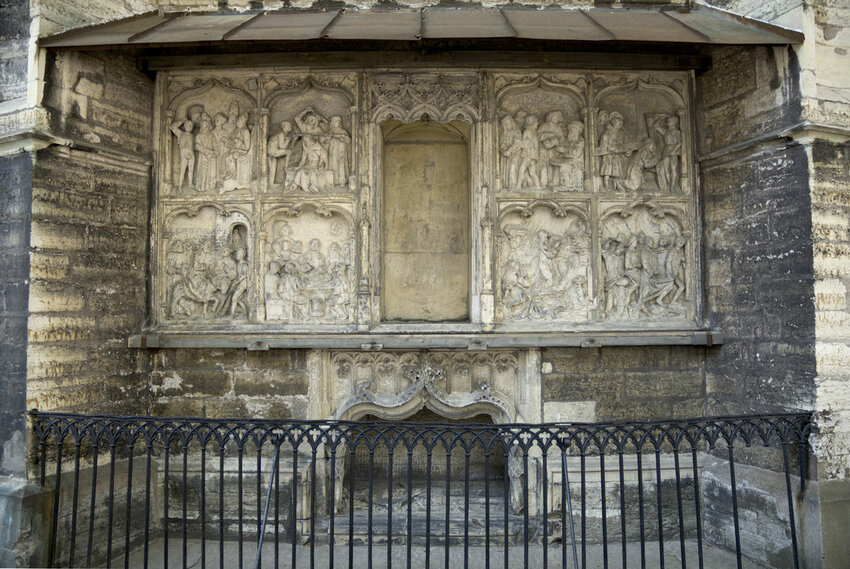
Cenotaph on the exterior of the church wall, depicting a skeleton with a toad and a snake on the chest.
Spies, Soviets, and Secret Signals
Fast forward to the Cold War, when the Soviets had a habit of turning churches into something completely unrelated to religion. St. Olaf’s was no exception.
From 1944 to 1991, the KGB transformed the church tower into a massive radio-jamming and surveillance hub. They installed powerful antennas on the spire, running cables directly to their headquarters on Pagari street. The goal? Block foreign radio and TV signals, especially broadcasts from Finland. This jamming operation was so powerful it even messed with Helsinki’s reception.
Meanwhile, Estonians desperate for outside information built homemade antennas to try and pick up Finnish broadcasts. Some were hoping for Western news. Others? Rumours of “forbidden” (read: x-rated) Swedish TV content. Let’s just say, according to local stories, no one ever actually managed to see those Swedish films; but the search was legendary.
Ironically, the KGB’s use of St. Olaf’s may have saved it from destruction. Many other religious buildings were demolished under Soviet rule or simply left to crumble. By the 1980 Moscow Olympics, the Soviets even put some restoration money into the church. These were mostly cosmetic upgrades for the Olympic visitors, but a welcome boost to the survival of this iconic church.

Radio centre in the tower of St. Oleviste Church
Why You Should Visit Today
St. Olaf’s is now one of Tallinn’s top landmarks, with a very interesting past. Climbing the 232 steps to the viewing platform rewards you with gorgeous panoramic views of the city. This is a sight that once guided sailors and, later, made life difficult for Soviet censors.
Despite being a major tourist attraction, I would still recommend a visit to St. Olaf’s Church. After all, where else can you find a place that was once the tallest in the world, built by a possibly possessed architect, and later hijacked by Soviet spies?
Tallinn’s Old Town Has Secrets: Come and Discover Them!
Tallinn’s Old Town is full of stories—some well-known, others hidden in the shadows of its medieval streets. If you love uncovering the secrets of the past, join me for a Hidden Stories of Old Town tour! We’ll wander through mysterious alleyways, dive into forgotten legends, and bring history to life in a way you won’t find in any guidebook. Book your private tour below.

